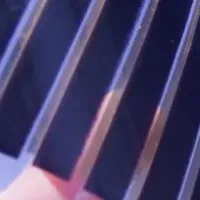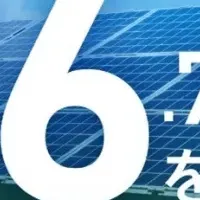
Huawei Unveils Top 10 Trends from FusionSolar 2025 Launch for Renewable Energy
Huawei Unveils Top 10 Trends from FusionSolar 2025 Launch
On January 7, 2025, Huawei Digital Power unveiled significant insights during the presentation of "Top 10 Trends Following the Launch of FusionSolar 2025." The primary theme centered around integrated innovations aimed at accelerating the transition of photovoltaic (PV) generation into a predominant energy source.
1. Accelerating Photovoltaic Integration
According to Steven Zhou, the President of Intelligent Photovoltaic and Energy Storage Systems at Huawei Digital Power, 2024 marked a favorable year for renewable energy policies. Looking ahead, the PV generation and energy storage industry is expected to maintain a steady growth trajectory into 2025 as part of the global energy transition. The company anticipates ten main trends constructed from its extensive experience and analytical depth, guiding the industry towards a high-quality developmental path.
2. Multi-Scenario Power Networks
With the growing adoption of energy storage systems (ESS), new energy systems will gain long-term stability. The ESS plays a vital role in energy production, transmission, distribution, and consumption, ensuring the reliable operation of energy networks through efficient voltage and frequency management.
3. Safety Enhancement for ESS
The safety of the ESS is paramount. Enhanced reliability of safety systems, from energy source elements to electric networks, will promote qualitative growth within the sector, ensuring protection against fire hazards, isolating faults, and guaranteeing operational safety throughout the system's lifecycle.
4. Smart Technology Across Lifecycle
Renewable energy power plants will achieve automation at every lifecycle stage, from planning to operation, reflecting advancements in technology and process efficiency.
5. Increased Power Density
The integration of third-generation semiconductor and digital technologies is set to enhance the power density of power electronic converters, improving both system quality and efficiency in PV and ESS deployments.
6. High Voltage and Reliability
Adopting high-voltage configurations is expected to reduce the levelized cost of energy (LCOE) in PV and ESS systems while reinforcing the design's reliability and safety.
7. 100% Renewable Microgrids
In electricity-scarce regions, economically viable and stable renewable energy microgrids will become increasingly utilized, promoting local energy independence.
8. Synergy of PV, ESS, and Load Management
The flexibility of distribution networks will enhance, facilitating the deployment of clean energy solutions across various industries effectively.
9. Community Energy Sharing
Energy consumption will shift from isolated usage toward community sharing, enabling balanced green energy distribution and collaboration among households.
10. Flexible Adaptation to Business Models
Integrated platforms will evolve to accommodate varied business models, optimizing benefits and fostering a culture of innovation and sustainability.
With these trends, Huawei FusionSolar is determined to collaborate with global partners and clients in championing the future of renewable energy generation and storage through data analysis and innovation. Their objective is to facilitate PV's integration as the main source of power, ultimately contributing to a greener future for homes and businesses alike.

Topics Energy)










【About Using Articles】
You can freely use the title and article content by linking to the page where the article is posted.
※ Images cannot be used.
【About Links】
Links are free to use.